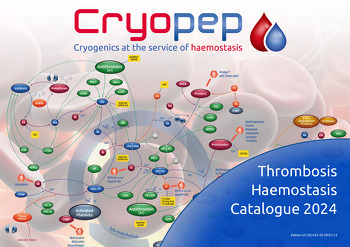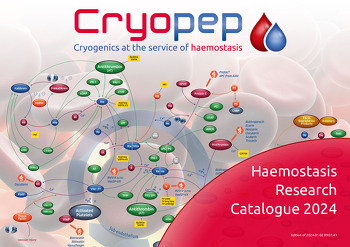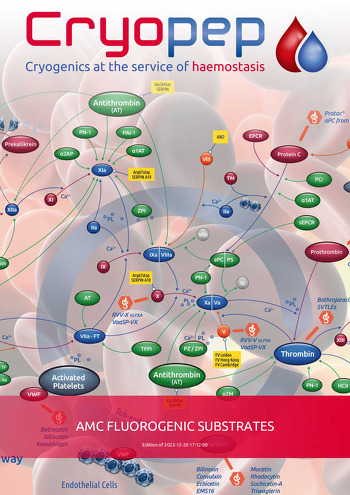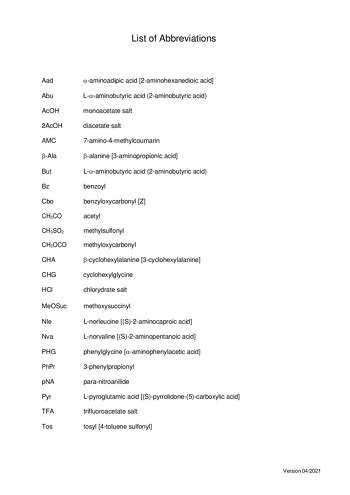HEMOSTASIS COAGULATION RESEARCH AMC FLUOROGENIC SUBSTRATES FLUOROGENIC AMC SUBSTRATES FOR THROMBIN
Pefafluor® TH – 2AcOH






AMC-coupled thrombin fluorogenic substrate.
Sequence : H-D-CHA-Ala-Arg-AMC, 2AcOH
Chemical formula : C₂₈H₄₁N₇O₅, 2 C₂H₄O₂
MW(Da) : 675.8
Km : 1.93 µM / Kcat : 53.9 s-¹
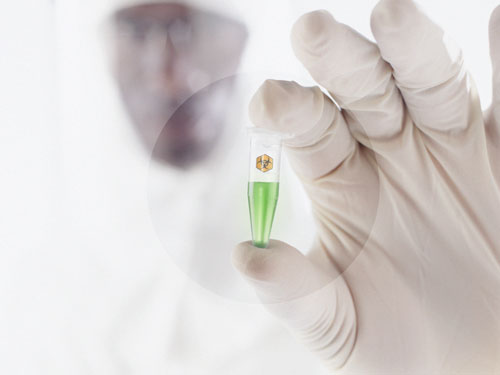
| Reference | 8-081-19 |
|---|---|
| Presentation | Vial |
| Format | 1 x 25 mg |
| Quote |
Price list, safety data sheets and notices are accessible to our registered customers.
| Reference | Presentation | Format | Quote | Product sheet |
|---|---|---|---|---|
| 8-081-19 | Vial | 1 x 25 mg |











